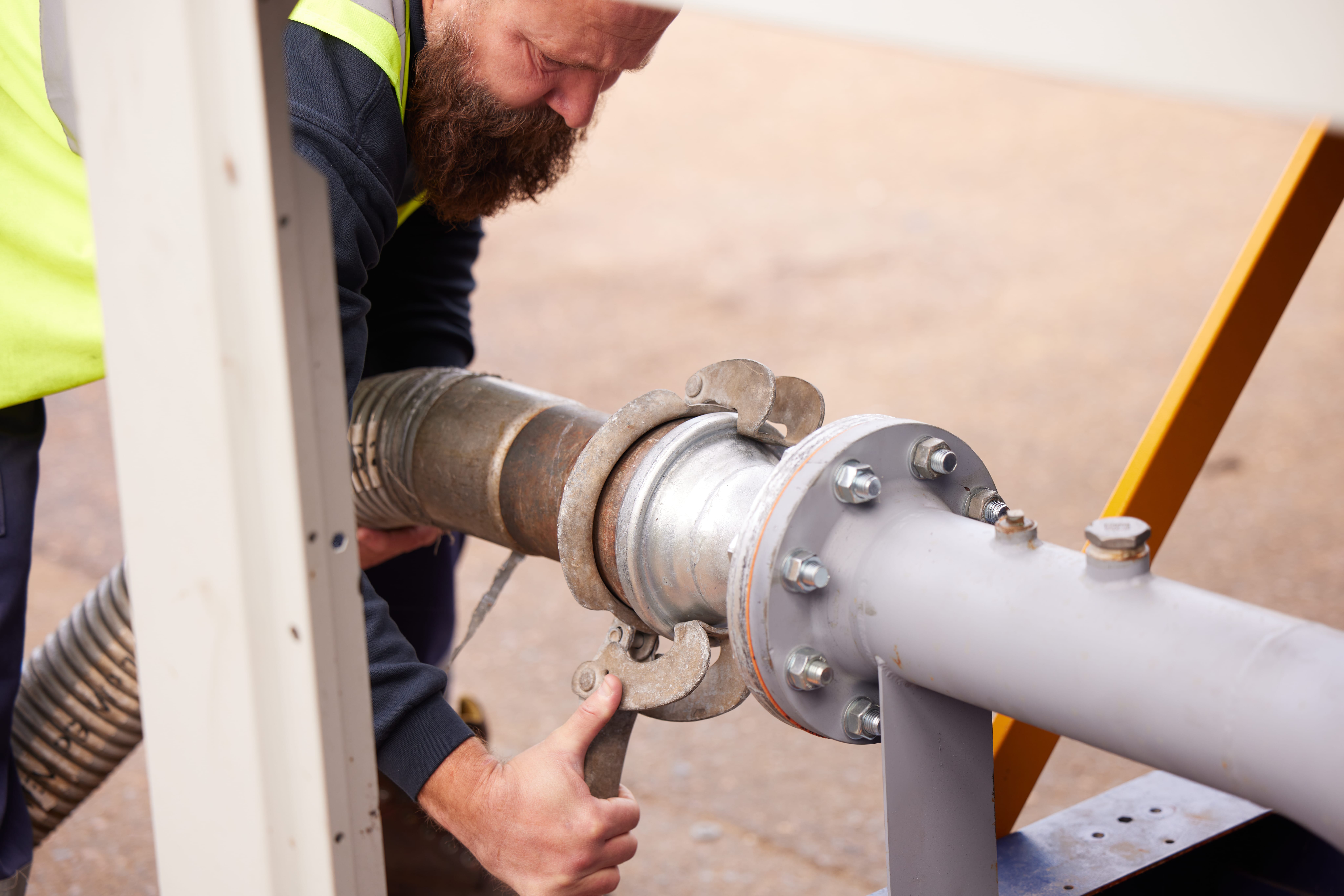Updated: March 31, 2025
Why SEER Matters for Enhanced Energy Efficiency and Reduced Total Costs of Ownership in Chillers
Understanding SEER and its role in reducing annual operating costs and environmental impact of cooling and heating systems.
The Seasonal Energy Efficiency Ratio (SEER) is an important metric representing an uniform way of expressing seasonal energy use of a chiller over a typical year with fluctuating outdoor air temperatures and varying capacity demand by the user.
Evaluating the cooling efficiency of chillers throughout an entire cooling season, SEER offers clear, validated and valuable insights into the energy efficiency of the equipment, empowering building owners, consultants, and manufacturers to make informed decisions about their systems. Including SEER information on product labels is vital for promoting transparency, energy savings, and environmental sustainability. While SEER ratings are globally recognized, specific regulations and standards can differ by country and region.
What is SEER?
SEER is an evolution of the Energy Efficiency Ratio (EER), which aims to provide a more accurate reflection of day-to-day use of products such as chillers and air conditioning systems over a year. While EER is defined as a single load point efficiency, SEER presents the load profile of a typical air-conditioning application in an average European climate. This takes into account the fact that cooling demand will change throughout the year, and replicates seasonal use. This is much more relevant than giving one full load chiller efficiency value, as chillers operate at full load only during few days or hours each year when the ambient temperature is the highest.
To measure the energy consumption of a chiller or a heat pump running in cooling mode, through a typical cooling season, SEER uses a set indoor temperature, along with different outdoor air temperatures and load capacities to simulate real life. SEER is a good indication of seasonal HVAC energy use over a typical year with fluctuating outdoor air temperatures and varying capacity demand by the user. A higher SEER rating denotes greater efficiency.
Since its inception by the Air Conditioning Heating and Refrigeration Institute (AHRI) in the United States in 2008, other countries have adopted these metrics tailored to their regulatory needs. The European Union, for instance, employs SEER ratings under the ErP Directive, while in the UK, SEER ratings are regulated under the Energy Performance of Buildings Regulations 2012, amended in 2020.
Environmental Impact and Regulatory Support
Understanding and leveraging SEER ratings is essential for selecting energy-efficient cooling and heating equipment that will offer opportunities for reducing energy consumption and related CO2 emissions.
Chillers and heat pumps generate greenhouse gas emissions through ‘indirect emissions’ linked to power consumption. National and regional regulations mandate energy efficiency measures that play a crucial role in supporting sustainability objectives. These measures aim to mitigate the environmental impact of energy-consuming products by enhancing their (seasonal) energy efficiency, thereby reducing greenhouse gas emissions and fostering a more sustainable future.
Equipment with higher SEER ratings has superior energy efficiency, translating into substantial reductions in annual operating costs and greenhouse gas emissions. This aligns with sustainability goals and regulatory mandates, where meeting minimum SEER levels is mandatory for market placement. Efficient chillers with high SEER ratings – consuming less energy for the same cooling output – also deliver consistent and reliable performance, essential for maintaining optimal conditions in critical processes.
Investing in high-SEER chillers is a strategic long-term decision that enhances operational efficiency and supports environmental responsibility, making them an ideal choice for energy-conscious (industrial) building owners.
All ICS Cool Energy chillers have SEER rating so you can be assured that you have the most energy efficient solutions available – call us for a quotation.
Related Articles

November 26, 2025
Why Flexible Financing Options Matter More Than Ever
Navigating Investment in UK Manufacturing As the UK government prepares to deliver the next budget, uncertainty is the prevailing mood, felt on factory floors and...
Read More
October 30, 2025
Meeting the Pressures of Modern OEM Design. Why Accredited Cooling Systems Make the Difference
Tight budgets, compressed timelines, and rising expectations: how OEMs can help ensure reliability and performance of their solutions through smarter cooling partnerships. Original equipment manufacturers...
Read More
September 12, 2025
Size Does Matter – Especially When It Comes to Pipes in Process Temperature Control
There are several reasons why correct pipework selection is critical for the performance, efficiency, and reliability of temporary hire systems. ICS Cool Energy recognises that...
Read More